Hubble Space Telescope (original) (raw)
Hubble's 35th Anniversary
Celebrating 35 Years of Discovery
NASA's Hubble Space Telescope began its groundbreaking mission in 1990, forever changing the way we understand our universe. Thirty-five years later, Hubble’s science continues to inspire. Join the celebration!
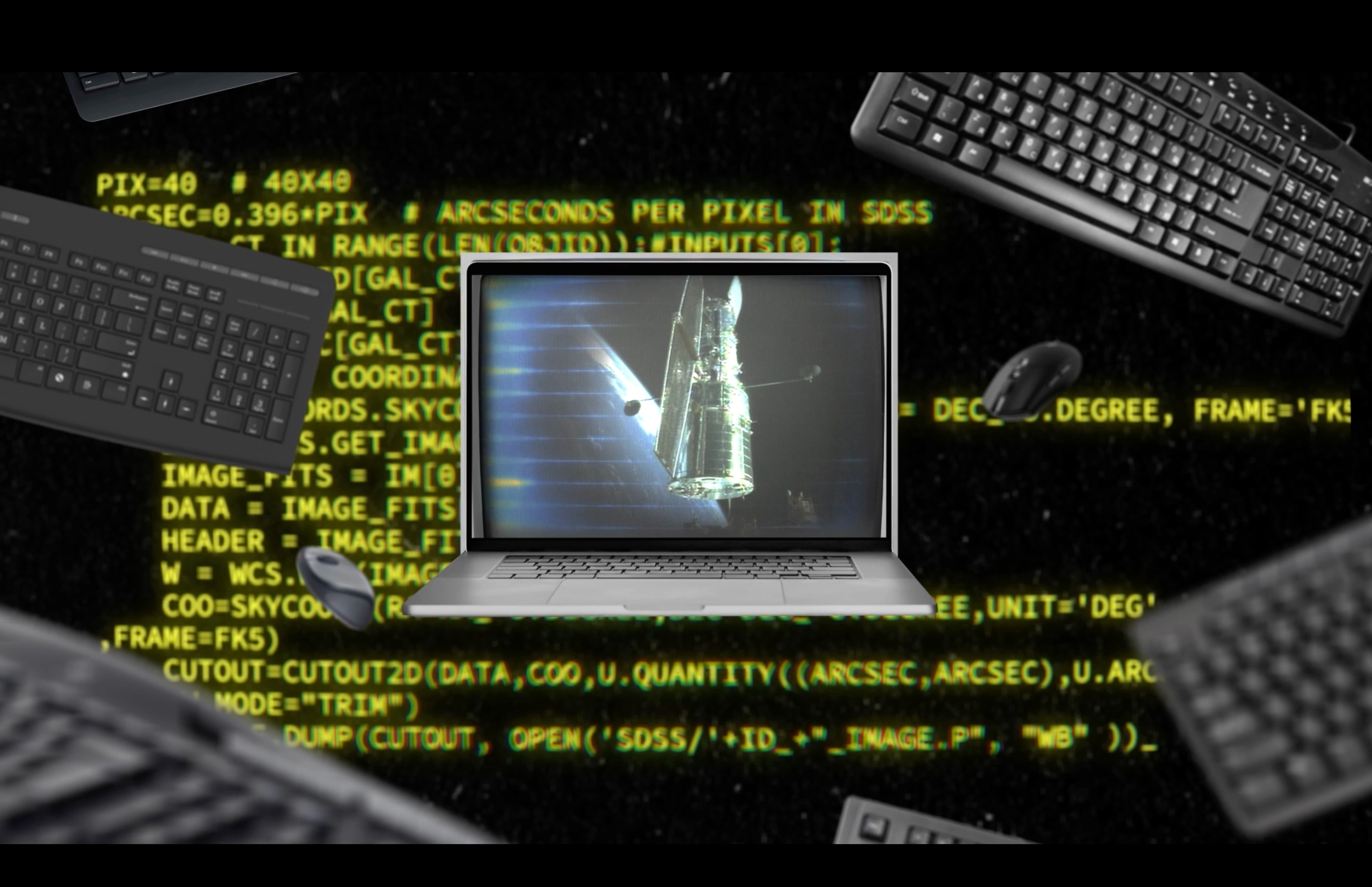
Hubble and Artificial Intelligence
Artificial intelligence programs search massive data collections, assisting researchers in their scientific investigations.
New Lithographs
Two new Hubble lithographs are available to download as PDFs: the star R Aquarii (pictured above) and Center of Starburst Galaxy Messier 94 (NGC 4736).
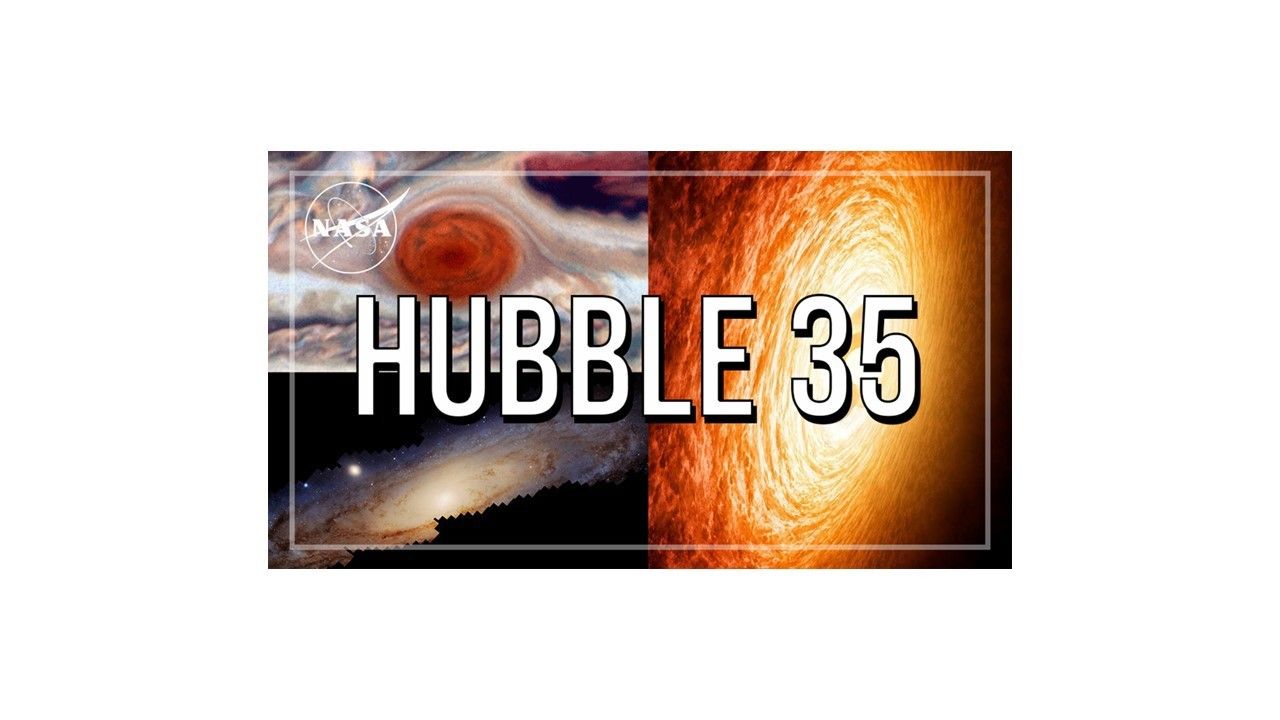
Highlights from Hubble's 35th Year in Orbit
This video highlights some of the images and discoveries from the Hubble Space Telescope's 35th year in Earth orbit.
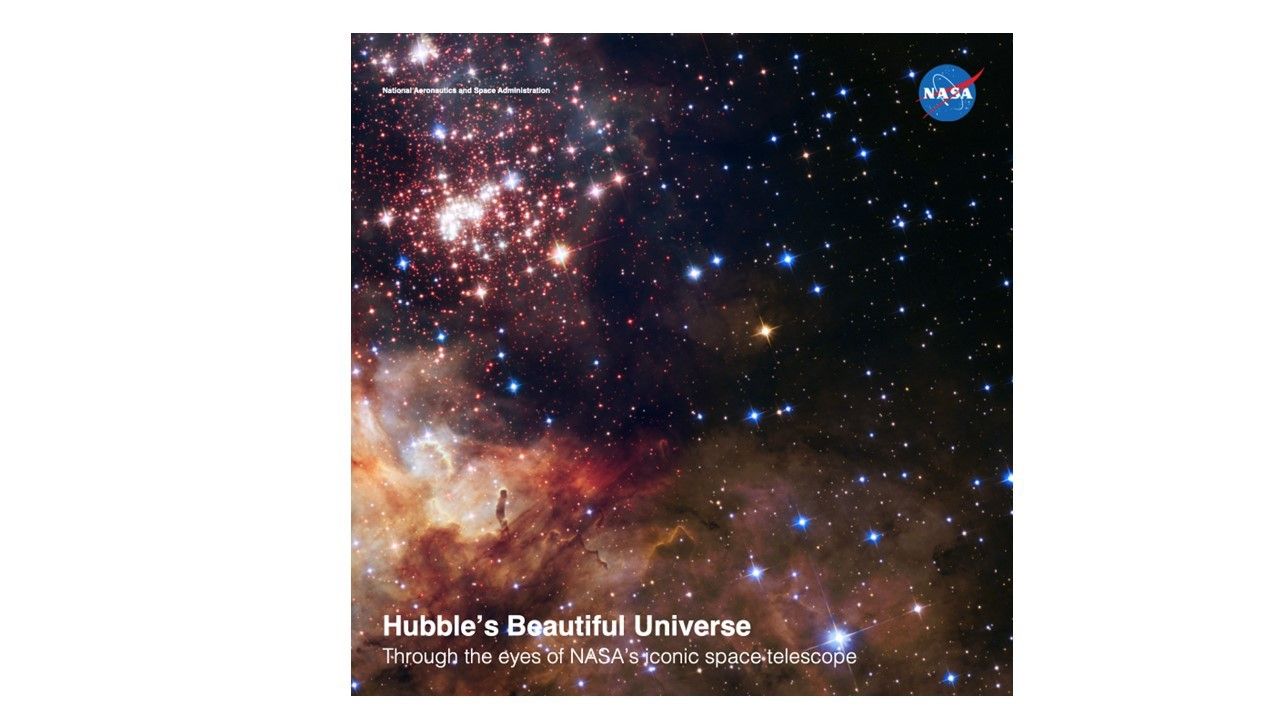
Hubble's Beautiful Universe
Beautiful Universe takes readers on a journey through Hubble’s mission, from 1990 to today, with many of the breathtaking images of the cosmos it has collected along the way.
35 Years of Images
Celebrate Hubble's 35th anniversary with a countdown of images the observatory captured over its lifetime, one for each year in orbit.
Celebrating 35 Years of Hubble with ESA
As part of ESA/Hubble’s 35th anniversary celebrations, the European Space Agency (ESA) is sharing a new image series revisiting stunning, previously released Hubble targets with the addition of the latest Hubble data and new processing techniques.
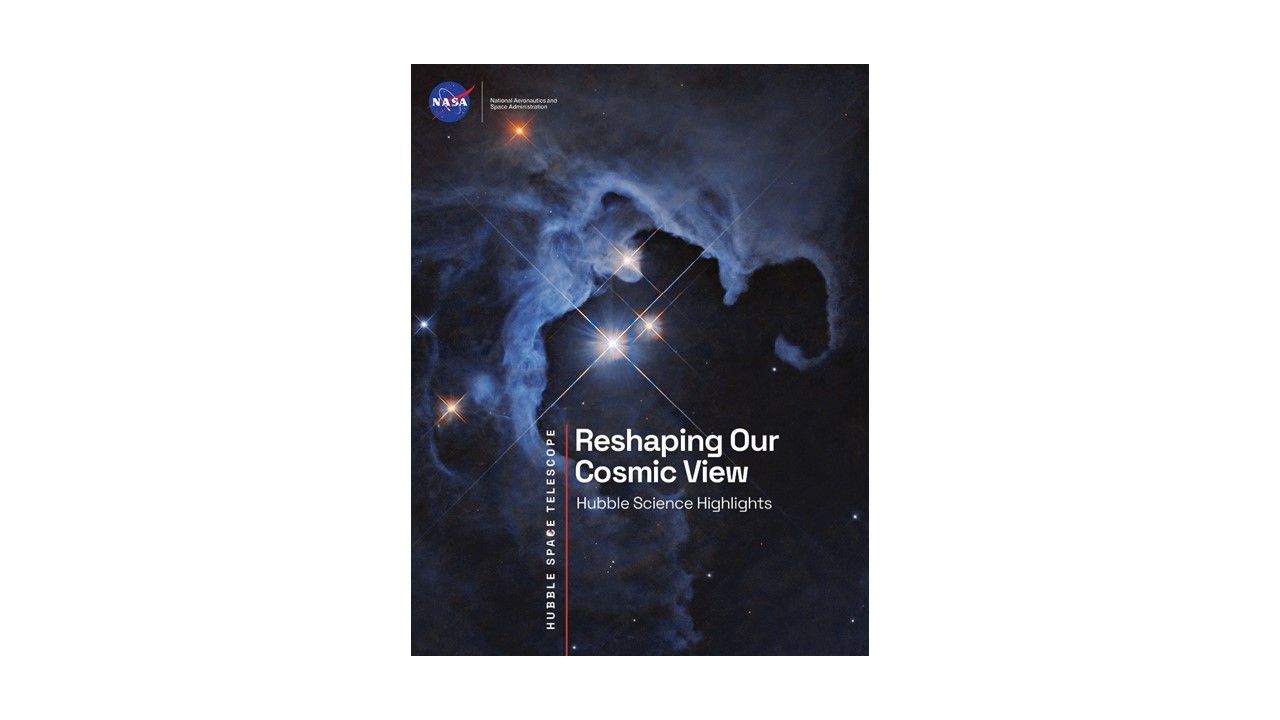
Reshaping Our Cosmic View: Hubble Science Highlights
This downloadable e-book showcases some of Hubble’s ground-breaking discoveries over its more than three decades of observations.
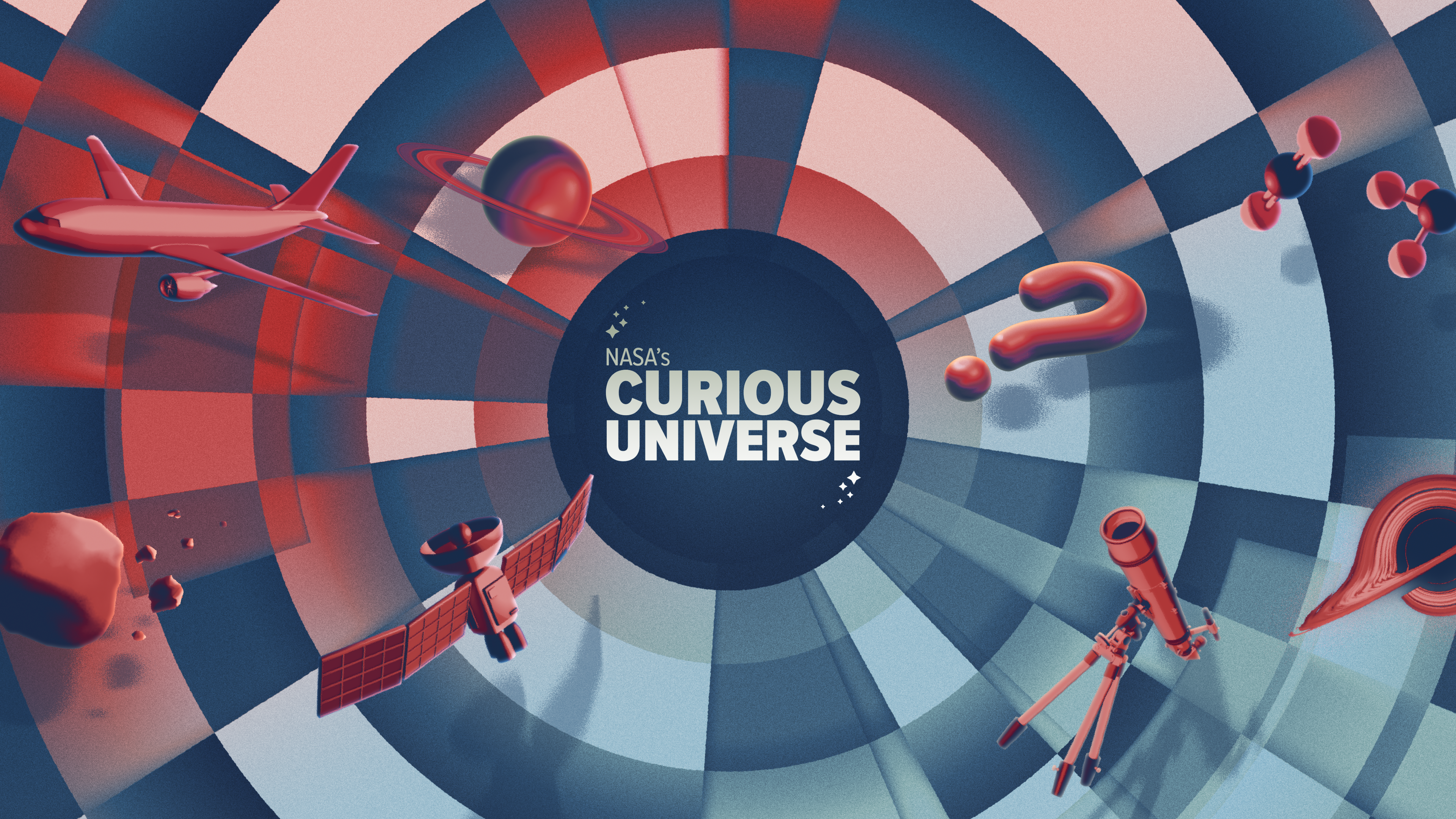
Inside the Team That Keeps Hubble Flying
Go behind the scenes with Morgan Van Arsdall, deputy operations manager for Hubble, on an audio tour of Hubble’s control center.

Hubble by the Numbers
Hubble isn’t just famous for its photos, it’s a science powerhouse packed with mind-blowing stats. In this video, we break down some of the wildest numbers behind the telescope that changed how we see the universe. From astronaut upgrades to 1.6 million observations, Hubble’s done a lot in 30+ years.
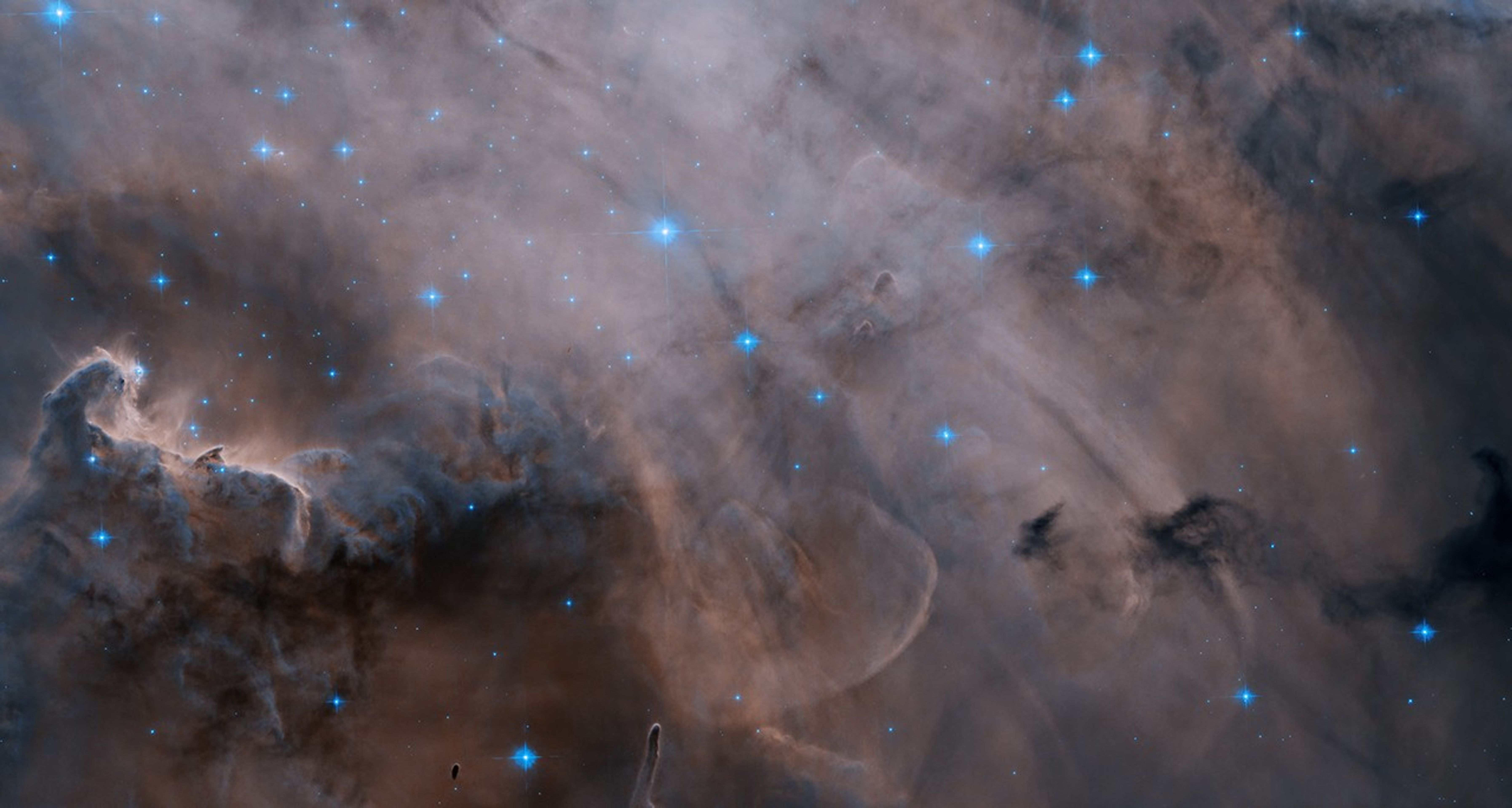
New Messier Catalog Images!
From March 26 - 29, Hubble is releasing new images and adding two new objects to its Messier Catalog. We hope they inspire you to take part in this year's Messier Marathon observing challenge!
Explore Hubble's Messier Catalog
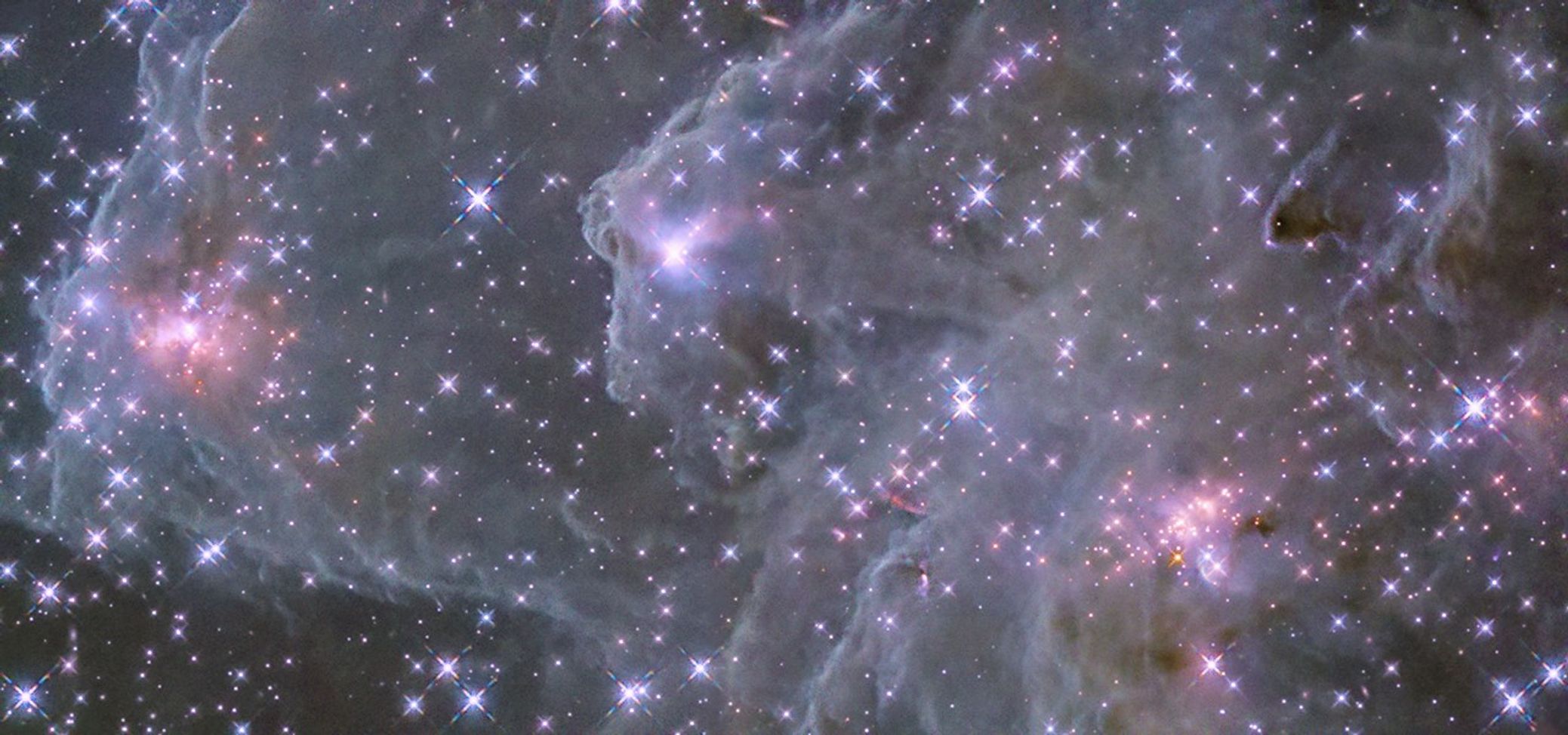
New Hubble Images at SXSW
To celebrate the observatory's 35th year in orbit, we've combed through Hubble's extensive archive of observations for new images.

Hubble Space Telescope
Oral Histories
These oral history interviews document the experiences of individuals who were involved in every aspect of NASA’s Hubble Space Telescope mission.
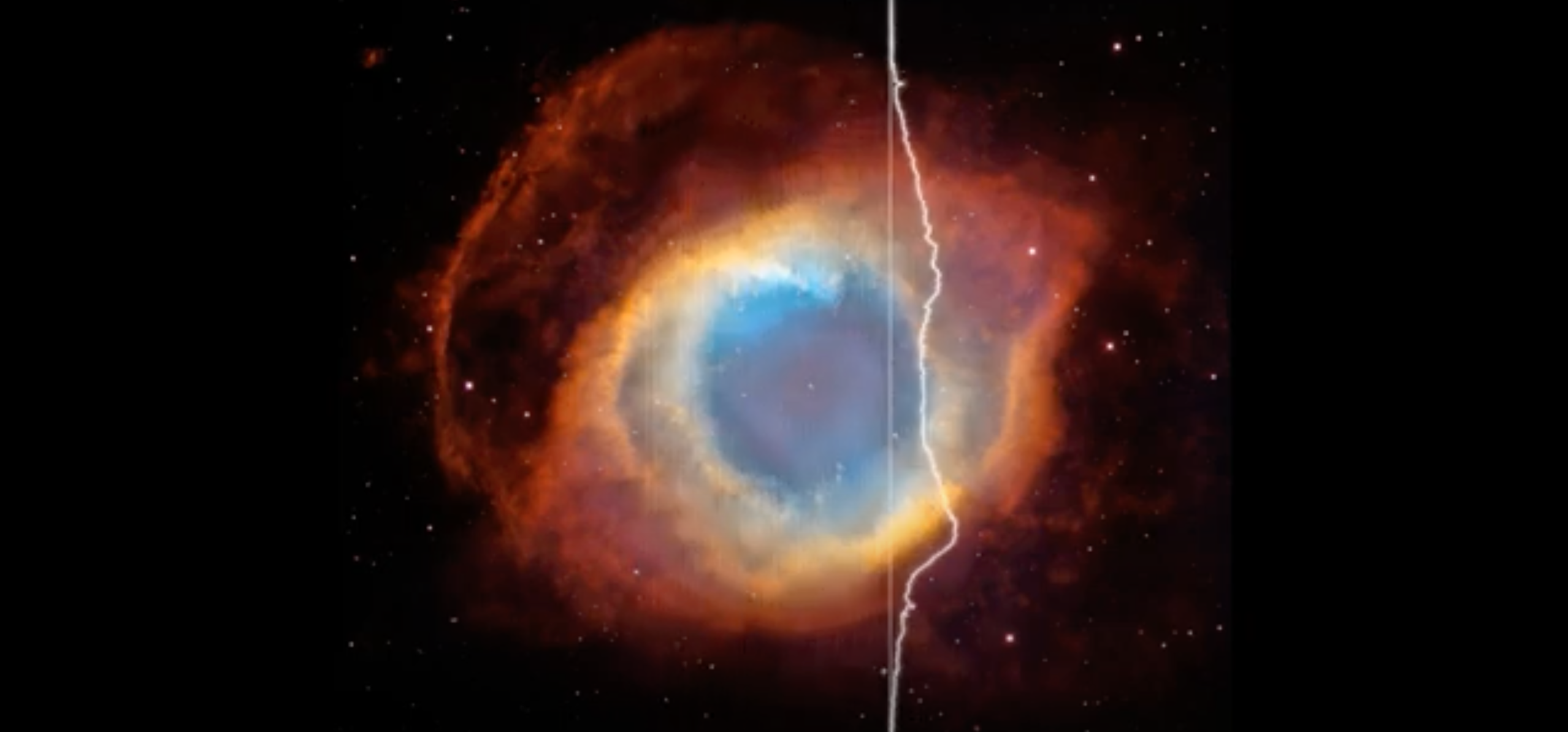
Hearing Hubble
Create your own, personalized sonification from 10 breathtaking Hubble images. You pick the instruments, scanning pattern, harmony, and scientific information to produce a symphony that represents the image in sound!
More Hubble Online Activities
Celebrating 35 Years of Discovery
Hubble's Night Sky Observing Challenge
Celebrate 35 years of Hubble observations with our yearlong stargazing adventure!
Each month in 2025, the Hubble team will release a new set of objects for you to explore. Compare your view to Hubble’s, then submit your observations to the Astronomical League to earn recognition for your achievement.
Join the celebration about Hubble's Night Sky Observing Challenge
Eye on Infinity: NASA Celebrates Hubble’s 35th Year in Orbit
In celebration of the Hubble Space Telescope’s 35 years in Earth orbit, NASA is releasing an assortment of compelling images…

NASA HISTORY
27 Key Images in Hubble History
As the Hubble Space Telescope marks 35 years in space, NASA's History Office looks back at its journey.
Hubble Images
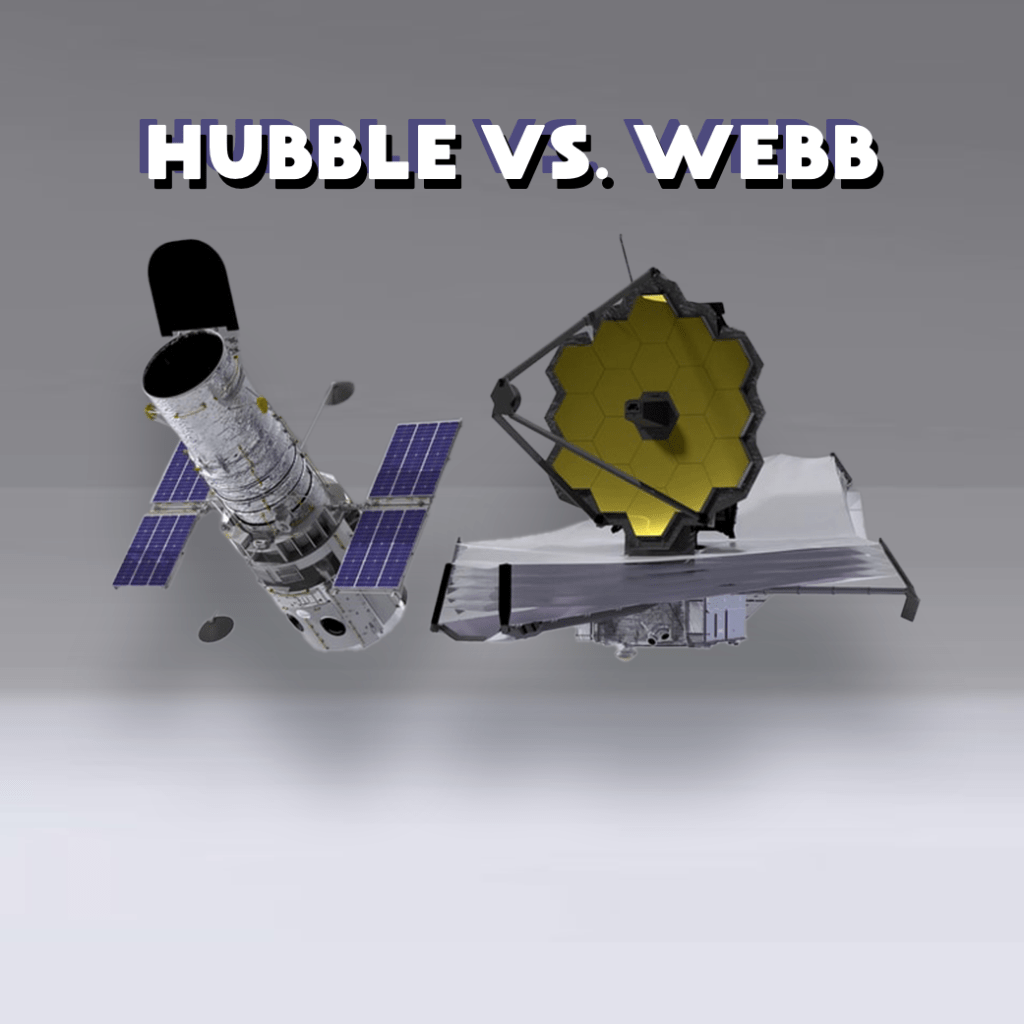
On The Shoulders of a Giant
What's the same and what's different? Compare these two NASA flagship missions.
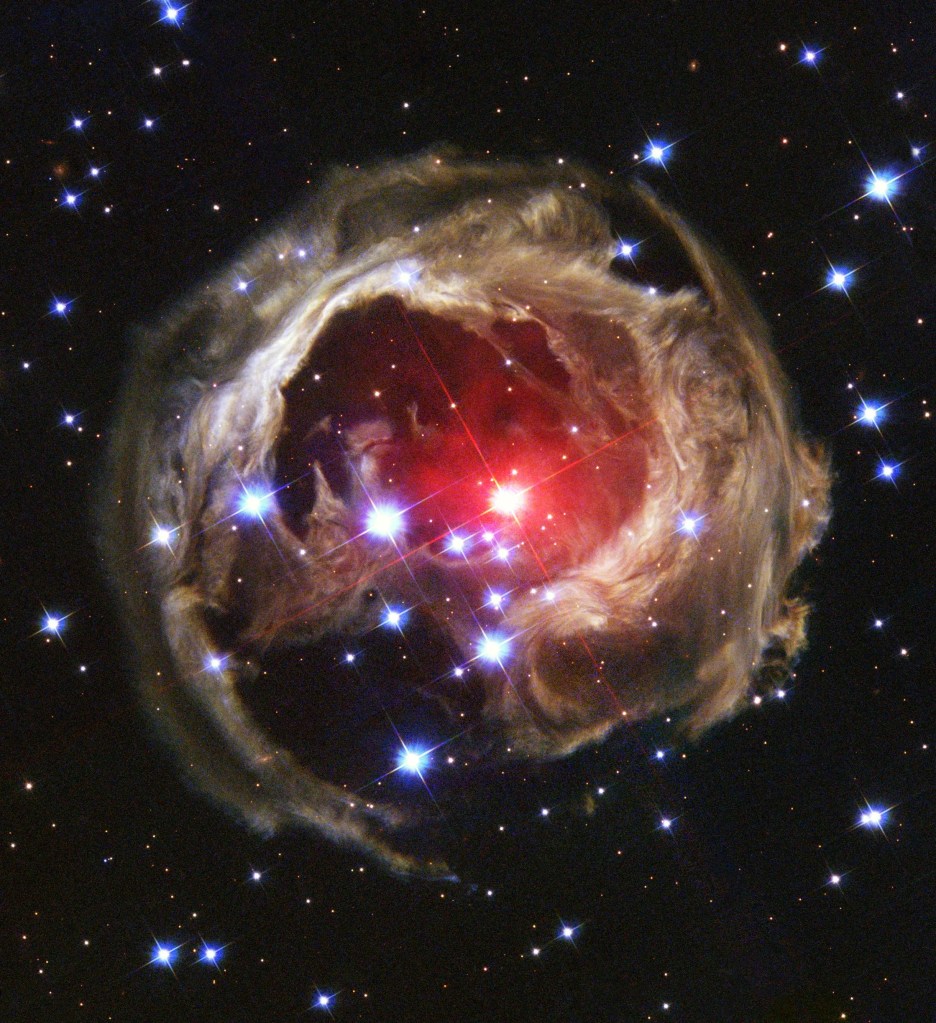
Hubble Science Highlights
Hubble has affected every area of astronomy. Its most notable scientific discoveries reflect the broad range of research and the breakthroughs it has achieved.
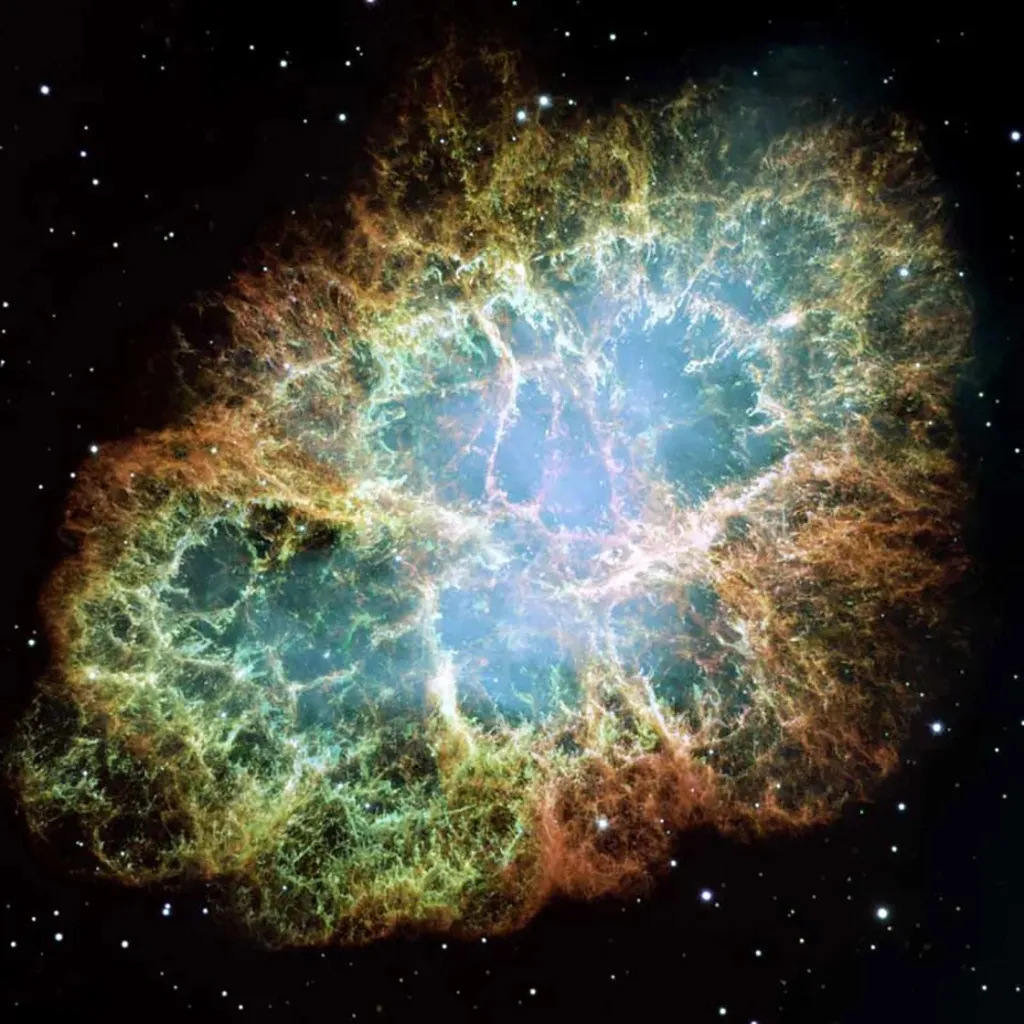
Explore the Night Sky
Your backyard telescope and binoculars may not have the capabilities of Hubble, but you can still see amazing objects. Compare what you see with the images Hubble has taken.
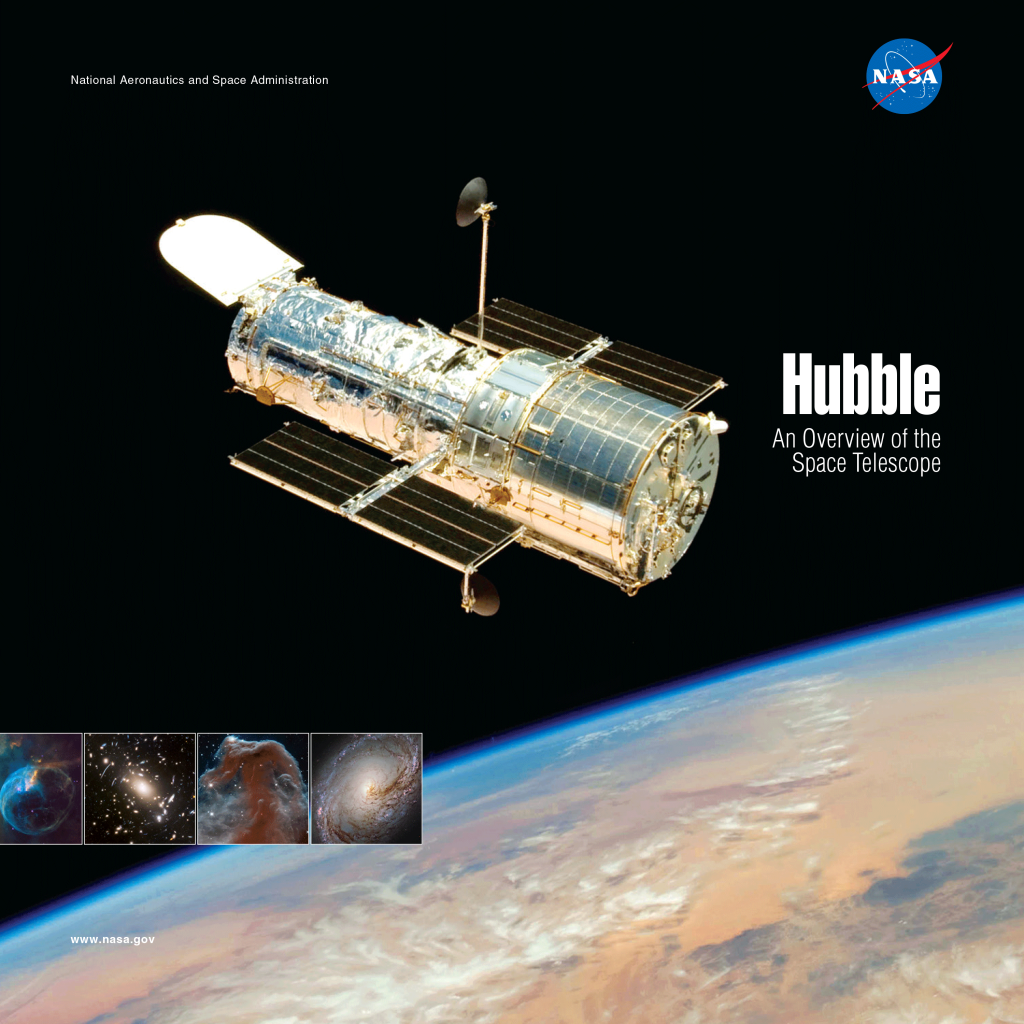
Hubble E-books
Investigate the mysteries of the universe with Hubble. Learn Hubble's history. E-books dive deeper into Hubble discoveries and more.
Keep Exploring


